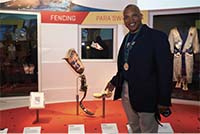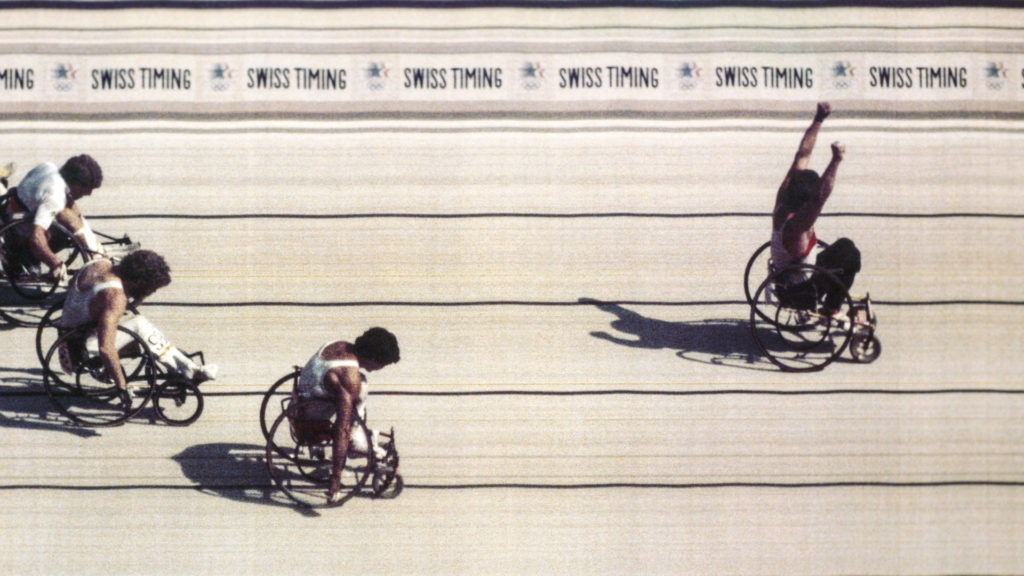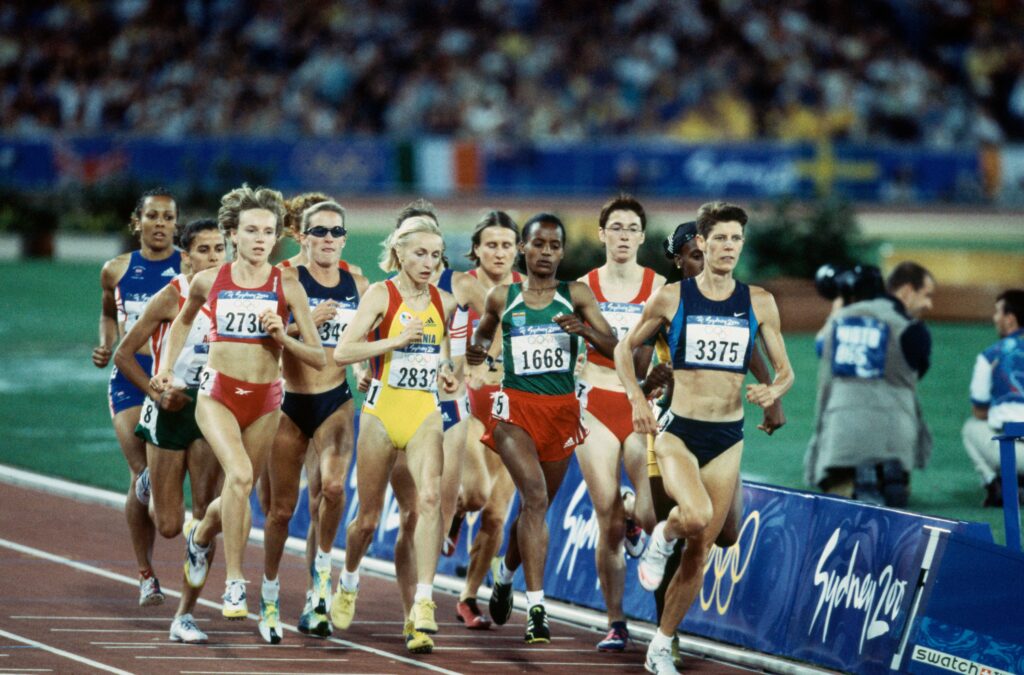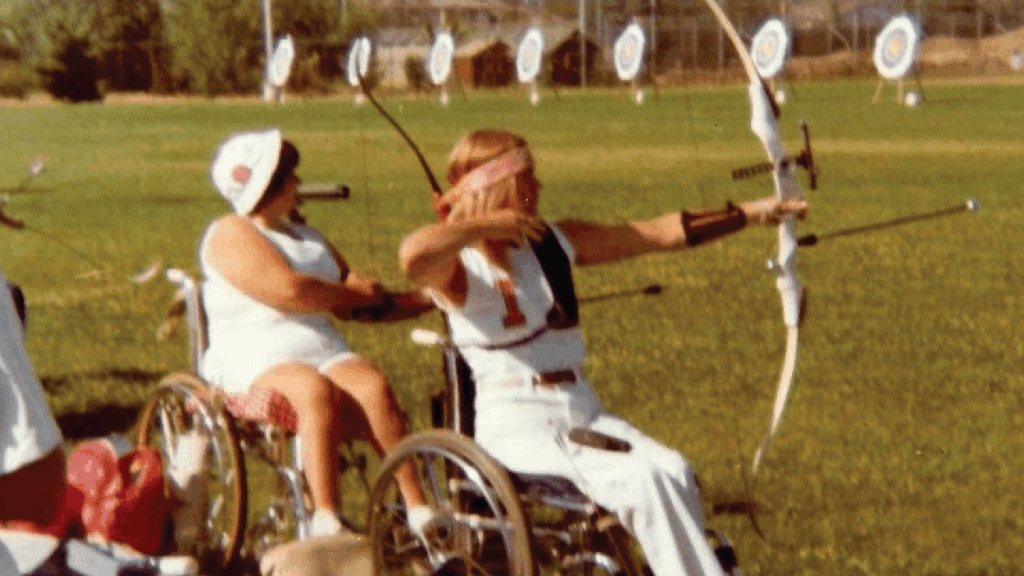After serving in World War II and then returning to his job as the sports director of a New York City radio station, Bud Greenspan made extra money working as an extra in the opera. (While Greenspan fancied himself as a singer, he was told to not even mouth any words.)
It was at the opera that Greenspan met another extra, baritone John Davis, who also was a world-class weightlifter. Competing in a sport that received little publicity, Davis felt largely ignored until Greenspan decided to produce a 15-minute documentary, “The Strongest Man in the World.” It would be the start of a career that saw Greenspan become the preeminent documenter of the Olympic Games.
Greenspan was known for stressing the positives of an event.
”I’ve been criticized for having rose-colored glasses,” he said in an interview for a 1996 profile. ”I say, if that’s true, what’s so bad? I’m not good at hurting people. … I still talk about spending 100 percent of our time on the 90 percent that’s good. Let others create the anti-heroes.”
Greenspan filmed “Jesse Owens Returns to Berlin” and later made a 22-hour series in 1976, “The Olympiad.” He made the official Olympic film 10 times and made three others on his own.
Greenspan received the IOC’s Olympic Order and won eight Emmy Awards. He was heavily influenced by the marathon at the Mexico City 1968 Olympic Games, in which John Stephen Akhwari of Tanzania fell during the race and arrived in the stadium long after the top finishers.
Greenspan asked Akhwari why he continued the race and he often retold Akhwari’s response. “My country did not send me 5,000 miles to start the race. My country sent me 5,000 miles to finish the race.”















